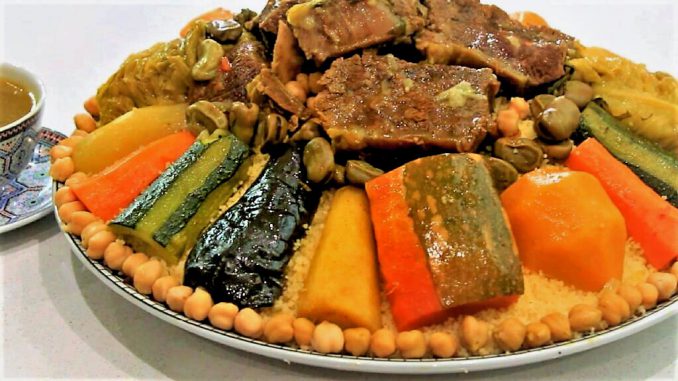
The dish of couscous, famous in Morocco and other Maghreb countries, has entered the intangible heritage of UNESCO. UNESCO has accepted the candidature of four countries: Morocco, Tunisia, Algeria and Mauritania, in a file entitled: “Knowledge, know-how and practices related to the production and consumption of couscous.”
The four countries, who are presenting this common file for the first time in a rare occurrence, when they used to dispute the paternity of this dish, have expressed their pride in this cultural recognition. They also avoided giving details of the preparation of the dish in the dossier presented in January, since this differs from one country to another.
In 2016, Algeria had presented its individual file to UNESCO, provoking the anger of Morocco, which protested against this. Subsequently, the four countries finally agreed to present a collective candidacy, since they all consume this dish of Amazigh origins, now intangible cultural heritage.
Couscous, also called seksou, kesksou or kouskousi, according to each Maghreb country, is a dish made from wheat or corn semolina, steamed in a couscous maker. Broth and vegetables are added to it later, and finally meat, chicken, fish or gueddid, the latter used especially during the festival of sacrifice.
Couscous has been mentioned in several historical references, such as the book The Collection of the Language of Ibn Duraid, written in the tenth century, which proves the antiquity of this dish. It is also mentioned in a book by Leo Africanus who says about it: “The Amazigh people are known for wearing burnous, shaving their heads and eating couscous.”

Be the first to comment